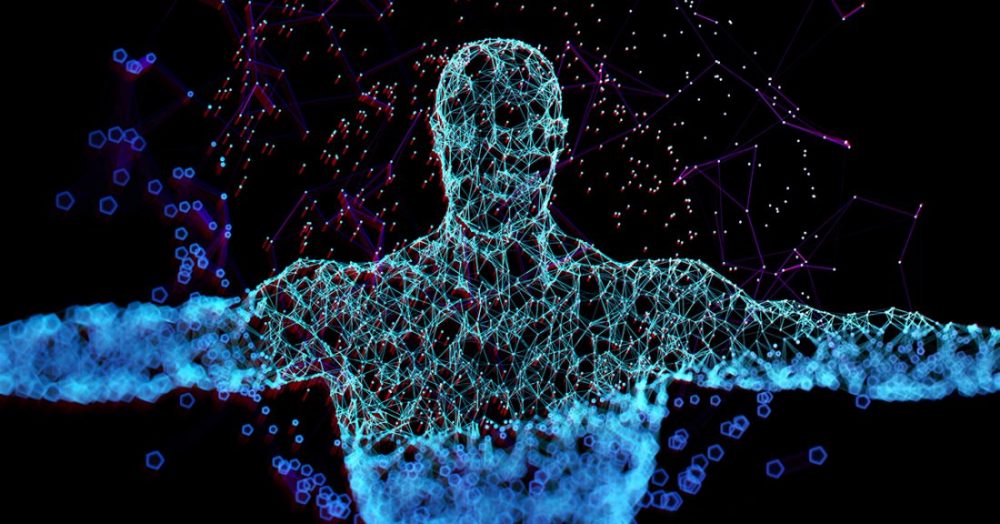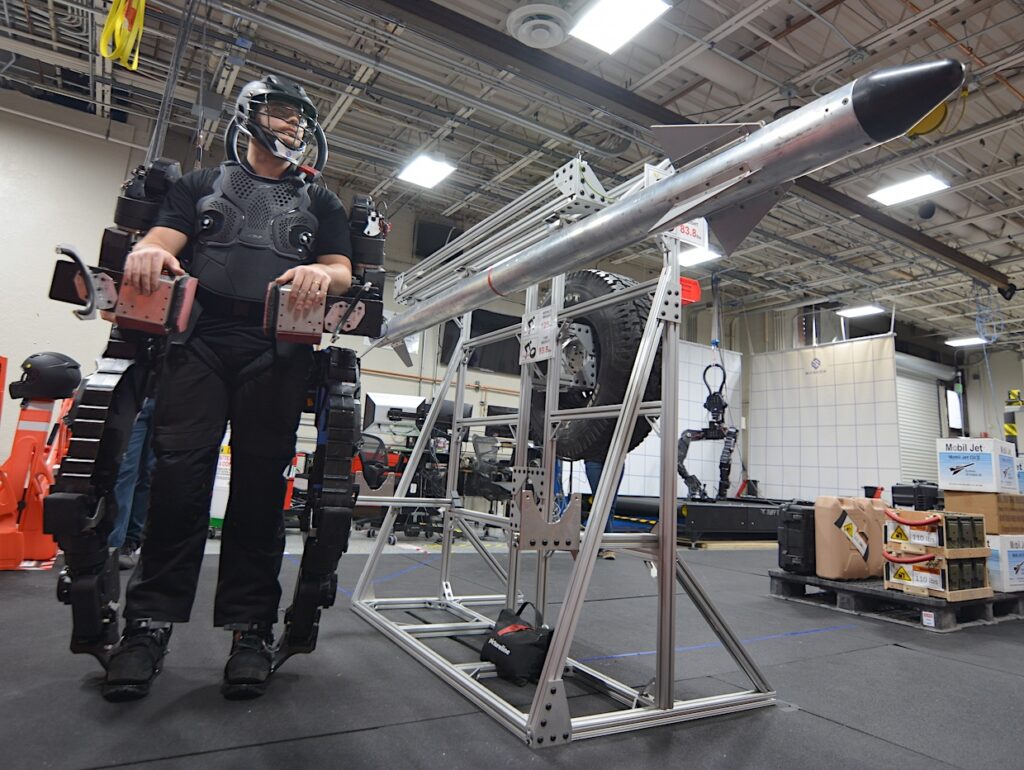Augmented Humanity: Enhancing the Way You Live and Work in the Future

Technology is all around us, and various innovations influence the way people conduct their daily lives and perform their tasks. Artificial intelligence, for example, is finding widespread use, and people are adapting to it. People’s well-being and productivity will suffer if AI-powered technologies are removed from the system.
Humans are almost inseparable from their electronic devices. These devices are already entwined in their daily lives, whether at play or work. From the emerging technologies, the concept of augmented humanity is one of the most trending topics.

What is augmented humanity?
Augmented humanity is a process where humans and technology work in harmony. Machine intelligence plays a crucial part in enriching and expanding life, providing more experiences, and partly helping people reach their potential and make sound decisions. Augmented humanity is the way technology enhances the way people live and work.
The term augmented humanity was coined in 2010 by Eric Schmidt, the CEO of Google. Initially, the concept refers to the devices that were an extension of the way humans think. Thus, the devices behave and make predictions according to the preference of the user.
However, augmented humanity today has moved from the original concept. It has several more applications in the psychological and physical potential of a human being.
Augmented humanity devices
You may not realize it, but you may be already using augmented humanity devices. Virtual reality headsets, Google Glass, and other wearable technologies, such as smartwatches and fitness bands, are just some of the augmented humanity devices that are becoming more common. In this context, you can refer to augmented humanity as removing the roadblocks that prevent humans from executing their work productively.
Applications of augmented humanity
Many augmented humanity devices are created to help people accomplish their deep desire to be stronger, faster, tougher, and smarter and develop new abilities that were just illusions before.
Many of the devices for human augmentation apply to different industries. They are meant to supplement, replicate, and go beyond human ability.
Human augmentation’s first level is replication, which duplicates an action that a person can do. One good example is prosthetics, such as an arm or leg. The prosthetic device does not give a person an additional ability but replicates the function that the human used to have.
Devices such as prosthetics provide users with tremendous psychological benefits. And with the advancements in technology and design, prosthetics look more like the actual appendage. Some of the companies that have developed such replication devices include:
Naked Prosthetics – custom hand prosthetics for people whose fingers were amputated
eSight – a wearable device that helps legally blind individuals, using a front-mounted cameras that take near eye-quality images of the environment and project them on the screen in front of the user’s eyes.
MotionSavvy – is a personal translator for the deaf, capable of translating speech into sign language and vice versa.
Cochlear Implants– restores hearing without using an external hearing device.
Bioprinting – 3D printing of organic tissues such as skin, bones, and organs.
The second level is supplementation, which enables humans to do things better. Examples include the Sarcos Guardian, a wearable industrial exoskeleton that allows a worker to lift things weighing 200 pounds, execute repetitive motions tirelessly and do accurate operations with heavy machinery.
Elon Musk is working on Neuralink that will create a brain-computer interface. If successful, humans can interact with computers neurally.
Language translation in real-time is possible with the earbuds created by Waverly Labs. The company continues to innovate and re-design its device, and the new version, called the Ambassador, can translate 20 languages and 42 dialects.
The last level of human augmentation focuses on the enhancement of human abilities that exceeds normal functions.
Researchers and developers are looking at nanobots that can be injected into the human body to help the human immune system fight cancers and other illnesses. There are projects underway for artificial blood cells and synthetic memory chips that can be implanted in the brain. Already available is the Zapata Flyboard Air, capable of flying up to 500 meters (1,640 feet).
Augmented humanity is an exciting concept intended to make humans more productive, faster, stronger, healthier, and smarter. With its many potentials, it is not difficult to think that human augmentation will positively impact human lives.